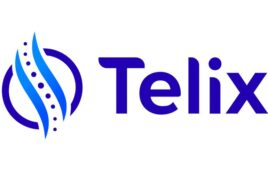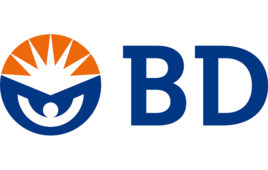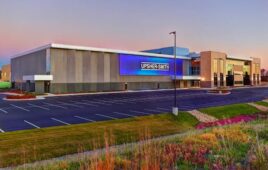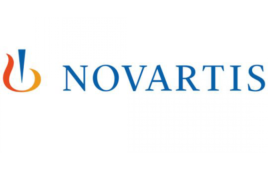One big concern continues to center around a shortage of manufacturers even as demand increases.
The challenge for the pipeline in generic drugs, a much more mature market with as much as 80 to 90 percent pharmaceutical market share in the U.S., is very different from the issues facing biosimilars.
One big concern continues to center around a shortage of manufacturers even as demand increases.
The ASHP drug shortage website lists about 100 products currently, a number that experts say has remained pretty consistent over the past few years, possibly due to a combination of factors.
For one, there’s been increased enforcement activities by the FDA, particularly among generic injectable facilities overseas. Then there’s also an economic component in some products with competitors driving prices down to a point where some manufacturers exit a particular market pr remove specific products from their portfolios.
“It’s just not worth the regulatory liability to have a product that they’re not making money on,” AmerisourceBergen’s David Picard said. “What we’re seeing is the domino effect where those one or two suppliers that are left are bearing the burden to supply the entire market. If they should incur a supply disruption that is one factor that leads to shortages—still a concern today.”
That said, it seems like the generic substitution is starting to plateau and may be at or around the current level over the next couple of years, according to Picard.
But even as generics may plateau, he expects biosimilars to begin the move toward a third pharmaceutical segment behind generics and innovator products.
“It’s just a little early to predict (market percentage) given some of the unknowns—the naming convention issues, the lack of interchangeablity as a designation—these could have dramatic impacts on the uptake of biosimilars until they’re clarified,” Picard said.
Follow us on Twitter and Facebook for updates on the latest pharmaceutical and biopharmaceutical manufacturing news!




